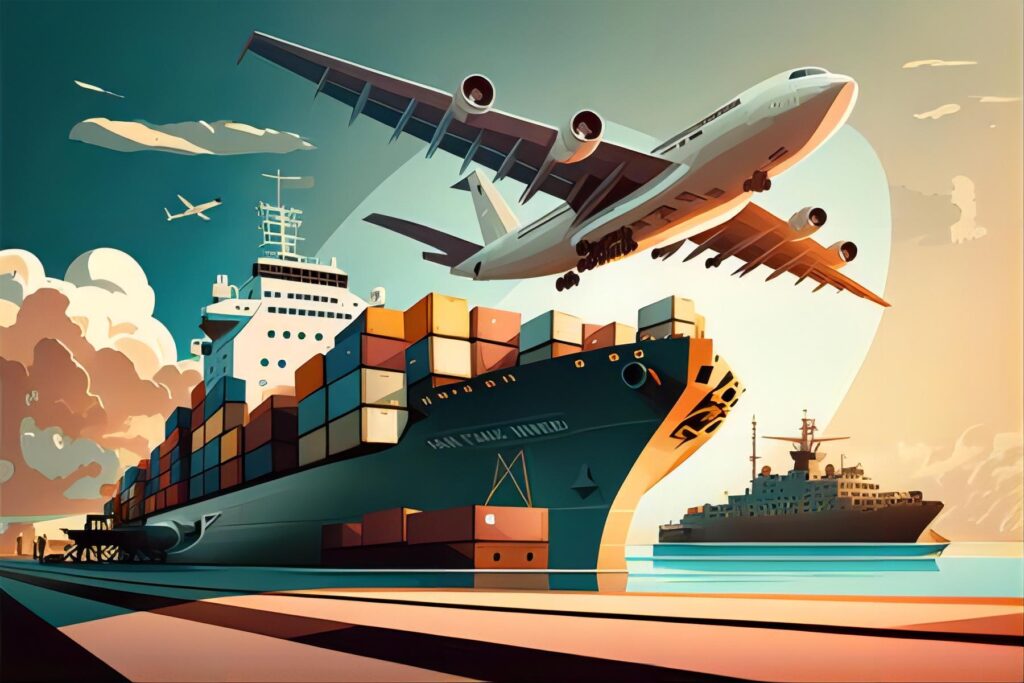When I needed to ship goods to the Philippines from multiple regions in China, I quickly realized how important it was to understand port options, costs, and taxes. Whether shipping from Shenzhen, Ningbo, Guangzhou, or Xiamen, the choice of departure port impacted both transit time and freight rates.
1. Compare Ports Based on Proximity to Supplier
I requested a shipping company quote from China to the Philippines based on different ports. This helped me balance local transport costs within China with international freight fees. For example, shipping from Shenzhen was faster and cheaper for my electronics supplier based in Dongguan.
2. Get a Consolidated Shipping Plan
If you’re sourcing from multiple suppliers in various provinces, a good freight forwarder can consolidate your cargo. This not only cuts costs but simplifies customs handling at the Philippine entry point.
3. Understand Tax Implications for Imports
Using a detailed Philippines shipping tax guide from China, I learned how customs duties and VAT applied differently depending on the product category and declared value. Proper HS coding was essential to avoid overpaying.
4. Factor in Transit Time and Schedule
Shipping from northern ports like Qingdao or Tianjin takes longer than southern ports. I chose Guangzhou for fast sea freight and Ningbo for better rates on bulk items.
5. Check for Direct vs Transshipment Routes
Not all ports offer direct routes to the Philippines. I asked the shipping company whether my cargo would go direct or via Hong Kong or Singapore. Direct routes are faster, but transshipment may be cheaper depending on the season.

People Also Ask (PAA)
Q1: What is the best China port to ship goods to the Philippines?
A1: Southern ports like Shenzhen and Guangzhou offer faster transit times and frequent sailings, making them ideal for Philippines-bound shipments.
Q2: How do I get a shipping quote from China to the Philippines?
A2: Provide your cargo details (weight, dimensions, HS code, origin, and destination) to a freight forwarder for a custom quote.
Q3: What taxes apply when importing from China to the Philippines?
A3: You’ll typically pay import duty, VAT, and possible excise tax. Rates depend on the product category and declared customs value.
Q4: Can I ship from multiple China ports at the same time?
A4: Yes, with the help of a logistics provider, you can coordinate shipments from different ports and consolidate them upon arrival.
Q5: Does the choice of China port affect shipping costs to the Philippines?
A5: Absolutely — port location, route availability, and seasonality can impact both price and delivery time.
